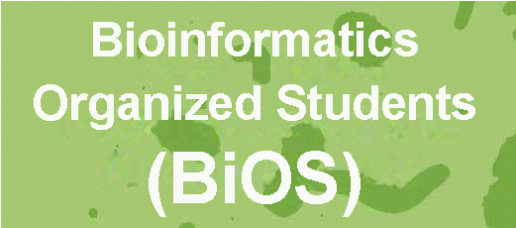Israel
Israel
Yitzhak Pilpel Lab, Weizmann Institute
The lab studies how gene regulatory networks perform robustly despite environmental variations, genetic changes, and the stochastic nature of the internal cellular environment. Mechanisms studied include genomic redundancy and the design of networks that probabilistically predict environmental changes before they occur. Using a combination of genome-wide computational approaches and laboratory experiments, the lab has established dictionaries of cis-regulatory sequence motifs controlling the initiation of transcription in several organisms. In complement, micro-array experiments combined with computational analysis have been used to determine how mRNA lifetimes are encoded by 3′-UTR sequence elements. The lab also studies the control of translation by adaptation of protein coding sequences and the tRNA repertoire of an organism. In particular, by examining how codon adaptations of the same gene in different organisms may derive phenotypic differences between these organisms. In other words, how traits are encoded by evolutionary shaping, not of the functions of genes, but rather of the efficiency by which they are translated.
Bar Ilan University, Ron Unger Lab
The lab focuses on two pattern-related problems. The first involves the recognition of regulatory targets of non-protein coding RNA elements (microRNAs). The second seeks to determine how protein primary sequence determines three-dimensional structure. The work of the lab involves adapting computer science algorithms for pattern matching and computational geometry to these problems.
Bar Ilan University, Amihood Amir Lab
The lab develops fundamental algorithmic techniques for pattern-matching problems in biosequences, including designing control antisense oligonucleotides, and locating gene clusters in multiple genomes. A current example is the weighted-matching problem which applies to a set of aligned biological sequences that are not identical but have many local similarities. The weighted sequence is a “statistical image” or profile of the set, which gives the probability of every symbol’s occurrence at every text location. The pattern is a string and the algorithm returns all locations in the set where the pattern occurs with high probability.
University of Haifa, Gad Landau Lab
The lab is exploring sequence-structure similarity to find common structural patterns in RNA sequences. The lab is concentrating on developing RNA comparison algorithms that overcome current limitations in both expressibility (the type of motif that can be found) and efficiency. Current projects seek to investigate sequence and structural locality in alignments and develop new filtering techniques for fast search for functional RNA motifs in large genomic databases.
The Hebrew University of Jerusalem, Michal Linial Lab
This lab studies the dynamic processes of nerve terminals and the molecular aspects of synapse functioning, plasticity, and maturation. The control of exocytosis in regulated secretory system of the parotid gland. Proteomics and genomics approaches for studying differentiation, neurotransmitter phenotype acquisition, and synapse formation in neuronal cell-lines.





